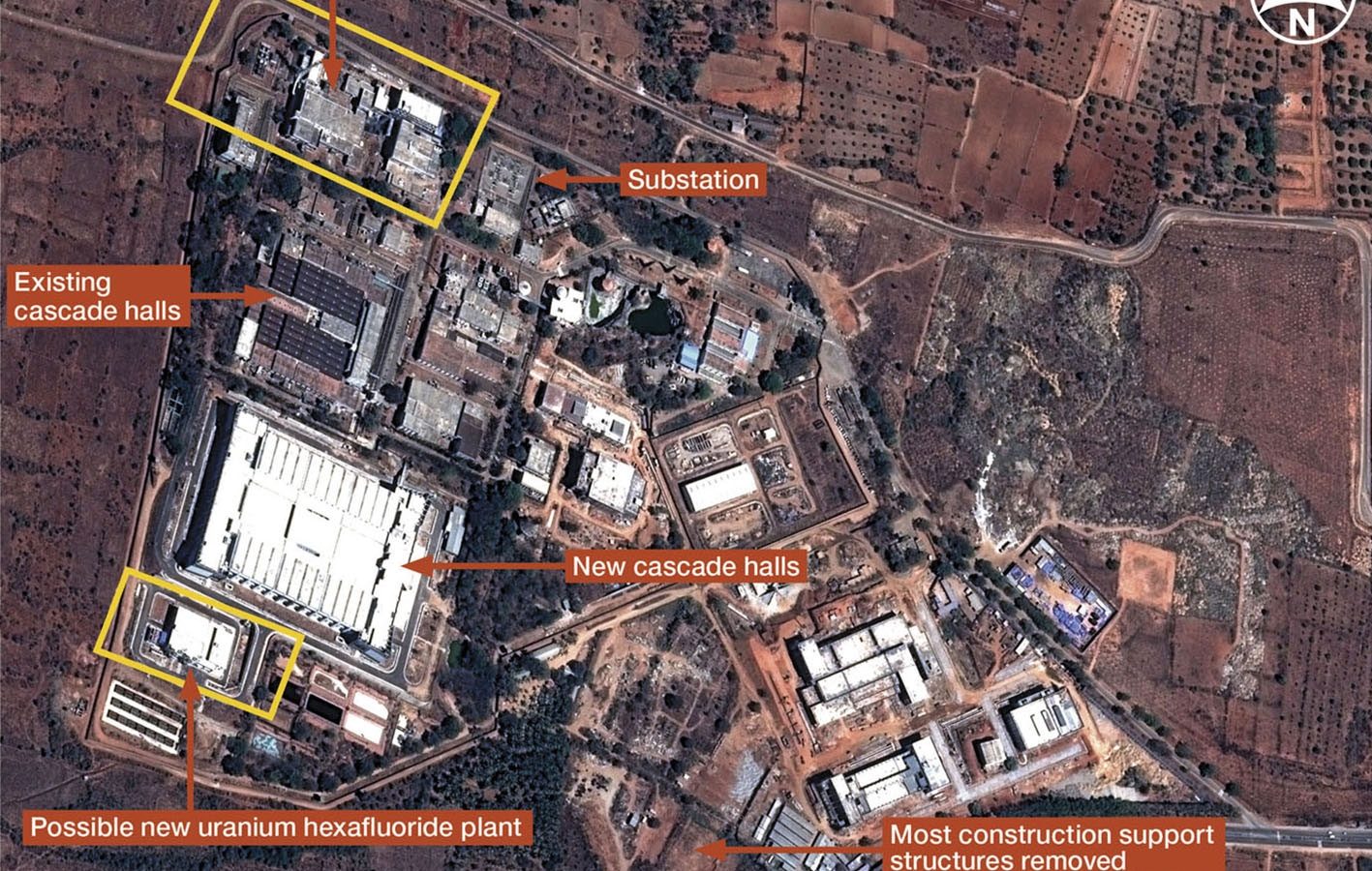
by Syed Zain Jaffery 21 April 2020
The rivalry in conventional and nuclear capability is growing in South Asia. India has installed over two dozen dual-capacity delivery systems over the last two decades and is in the midst of constructing its specific nuclear triads. The priority of Indian policymakers is on fissile material development. This still remains a major contributor to the determination of Indian strategic position in terms of scale, effectiveness and function. The Chief key barrier to progress in Fissile Material Cut-off Treaty (FMCT) is the lack of transparency on fissile material stocks in India. The issue is fundamental to India’s civilian plutonium production program, which is outside the safeguards of the International Atomic Energy Agency (IAEA) because India has identified this material as a “strategic backup.”
To sustain the ambiguous nuclear posture of no first use (NFU), India has established a major strategic program in the manufacture of fissile materials, design and development of nuclear weapons and multiple delivery system. Pakistan has opposed some discriminatory nonproliferation regimes which it thinks will offer India a “permanent edge.” This is one and primary source of Pakistan’s opposition to pursue a FMCT because of the asymmetry in existing stockpiles with India, particularly plutonium. The current and increasing dangerous stocks of weapons-grade fissile material by New Delhi would have unbearable effects from the South Asian viewpoint of strategic stability.
An in depth analysis in 2016 has shown that India has enough resources and fissile materials to develop between 356 and 492 nuclear warheads. The study titled ‘Indian Unsafeguarded Nuclear Program’ which was published by the Institute of Strategic Studies Islamabad (ISSI), revealed a recent and detailed evaluation of the capability of India’s nuclear weapon capability. The study was even stronger than other analyses related to the Indian nuclear program and incorporates social science and scientific information deliberately. Hence, the absence of accountability in India’s unregulated civil and military fissile supplies leaves Pakistan worried about the adequacy of its dissuasive ability to maintain its deterrence.
In another research carried at the Belfer Centre for Science and International Affairs by Dr. Mansoor Ahmed has shown how India is expanding its unsafeguarded nuclear power programme in a three-stage plan. The development of numerous nuclear reactors has also been announced by New Delhi. This capacity is going to produce excess amount of fissile material, other than required for fueling the breeder and naval reactors programmes. India would be able to replace China, France and the United Kingdom with nuclear weapons technology within the next decade and become the third largest in nuclear weaponry number game behind the US and Russia. According to the study, India can produce over 2,600 weapons. Therefore, India amongst other non-NPT nuclear nations, has the highest developing rate of nuclear weapons outside safeguards.
India is now working on the construction of more than five fast breeder reactors which will raise its output potential of plutonium arms 20 fold to 700 kg annually. Similarly, expansion in its centrifuge enrichment programme will enable it to increase production of highly enriched uranium for nuclear weapons to 160kg every year. India will manufacture about 80-90 plutonium-based and 7-8 uranium-based nuclear weapons per year with this volume of weapons-grade material. In addition, India has accelerated development of nuclear facilities and preparation to store weapons grade material for later use in programs of military modernization. New Delhi actively maintained its fast breeder reactors and primarily ignored to maintain IAEA’s protections and oversight in its so-called military related nuclear plans. India will seek to produce many more nuclear warheads without IAEA monitoring, in order to acquire the policy of full nuclear triad.
A number of nuclear suppliers, on assumption of peaceful uses of nuclear energy, concluded nuclear cooperation relationships with India. Although the material from these countries appears to be being reused in arms for the policy of Indian military expansion with respect to aggressive nuclear weapon modernization. It is also conceivably extremely high of developing and testing a thermonuclear device for quality check in order to accomplish, what India couldn’t in 1998.
